Cited as the fastest-growing international crime, it is estimated that 50 million people worldwide are in modern slavery.
As hard as it may be, you need to come to terms with the fact that you benefit from the exploitation of others. Products you buy, from the items in your kitchen cupboards and the clothes in your wardrobes to your technological devices, are all likely to be inextricably linked to labour exploitation and abuse. It's not as simple as donating money to charity and letting someone else do the work on our behalf. We actively have to make changes.
Modern slavery is a hugely complex issue that is hard to identify and even harder to address. However, in this Masterclass, we walk you through its nuances, how to spot it, and how to mitigate it so that we can begin to eradicate it.
In this Masterclass, we cover:
- What modern slavery is
- The scale of modern slavery today and its economic cost
- How slavery relates to fashion and where it can be found in a fashion supply chain
- How individuals and businesses can take steps to tackle modern slavery
- Why it's so challenging to identify forced labour in a supply chain
- The red flags to look out for, both in the workplace and in workers' behaviour
- The four key areas of activity for identifying and preventing modern slavery
- What to do if you do discover slavery in your supply chain
- The questions to ask your suppliers to identify the risk of modern slavery in their businesses
- How to speak to the victims of modern slavery
- What to do about child exploitation in your supply chain
- What to do if victims do not want to accept help
-
An Overview of Modern Slavery, Forced Labour and Criminal Exploitation in the Fashion Industry
with Charlie Bradley RossRead More...Summary
What is modern slavery and how does it relate to small fashion businesses? In this video, we uncover the true cost of labour exploitation in the supply chain with truly shocking figures.
-
Can We Eradicate Modern Slavery in the Fashion Industry?
with Charlie Bradley RossRead More...Summary
Cited as the fastest-growing international crime, it is estimated that 50 million people worldwide are in modern slavery.
As hard as it may be, you need to come to terms with the fact that you benefit from the exploitation of others. Products you buy, from the items in your kitchen cupboards and the clothes in your wardrobes to your technological devices, are all likely to be inextricably linked to labour exploitation and abuse. It's not as simple as donating money to charity and letting someone else do the work on our behalf. We actively have to make changes.
Modern slavery is a hugely complex issue that is hard to identify and even harder to address. However, in this Masterclass, we walk you through its nuances, how to spot it, and how to mitigate it so that we can begin to eradicate it.
In this Masterclass, we cover:
- What modern slavery is
- The scale of modern slavery today and its economic cost
- How slavery relates to fashion and where it can be found in a fashion supply chain
- How individuals and businesses can take steps to tackle modern slavery
- Why it's so challenging to identify forced labour in a supply chain
- The red flags to look out for, both in the workplace and in workers' behaviour
- The four key areas of activity for identifying and preventing modern slavery
- What to do if you do discover slavery in your supply chain
- The questions to ask your suppliers to identify the risk of modern slavery in their businesses
- How to speak to the victims of modern slavery
- What to do about child exploitation in your supply chain
- What to do if victims do not want to accept help
-
How to Identify Modern Slavery, Forced Labour and Criminal Exploitation in Your Brand Supply Chain
with Charlie Bradley RossRead More...Summary
If you’re a fashion or accessories business, chances are you’ll have a fairly complex supply chain involving many parties. So where do you start?
It is easy to miss the subtleties of forced labour. This lesson will help you to identify the telltale signs of forced labour, even in a complex supply chain.
-
Slavery and The Law
with Charlie Bradley RossRead More...Summary
Slavery has been abolished. Today, worldwide, slavery is prohibited in both international and domestic law, but in practice, it continues to thrive globally and within the UK.
-
Taking Action When Victims of Exploitation and Modern Slavery Are Identified
with Charlie Bradley RossRead More...Summary
Finding modern slavery in your supply chain leaves you with a difficult predicament - how to handle it in a way that is going to be most effective, without risking causing further harm to those being exploited? In this video, we will examine what to do if you do discover that slavery or exploitation is taking place in your supply chain.
-
The Questions to ask Suppliers to Mitigate and Manage Slave Labour and Exploitation
with Charlie Bradley RossRead More...Summary
Cited as the fastest-growing international crime, it is estimated that 50 million people worldwide are in modern slavery.
As hard as it may be, you need to come to terms with the fact that you benefit from the exploitation of others. Products you buy, from the items in your kitchen cupboards and the clothes in your wardrobes to your technological devices, are all likely to be inextricably linked to labour exploitation and abuse. It's not as simple as donating money to charity and letting someone else do the work on our behalf. We actively have to make changes.
Modern slavery is a hugely complex issue that is hard to identify and even harder to address. However, in this Masterclass, we walk you through its nuances, how to spot it, and how to mitigate it so that we can begin to eradicate it.
In this Masterclass, we cover:
- What modern slavery is
- The scale of modern slavery today and its economic cost
- How slavery relates to fashion and where it can be found in a fashion supply chain
- How individuals and businesses can take steps to tackle modern slavery
- Why it's so challenging to identify forced labour in a supply chain
- The red flags to look out for, both in the workplace and in workers' behaviour
- The four key areas of activity for identifying and preventing modern slavery
- What to do if you do discover slavery in your supply chain
- The questions to ask your suppliers to identify the risk of modern slavery in their businesses
- How to speak to the victims of modern slavery
- What to do about child exploitation in your supply chain
- What to do if victims do not want to accept help
Interviews
In conversation with Unseen, the anti-slavery organisation that combats all forms of modern slavery
Thursday Mar 30th, 2023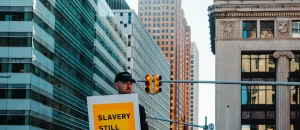
Supporting a healthy and happy workforce in fashion business supply chains, with WageIndicator
Wednesday May 31st, 2023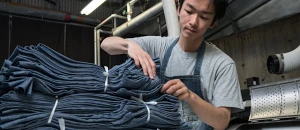
Past Events
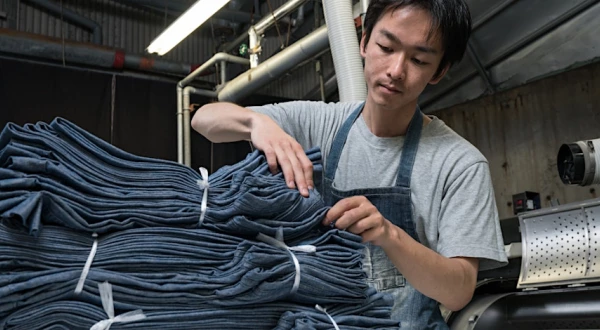
Ethical employment for small fashion businesses, with WageIndicator
Wednesday May 17th, 2023 - 14:30pm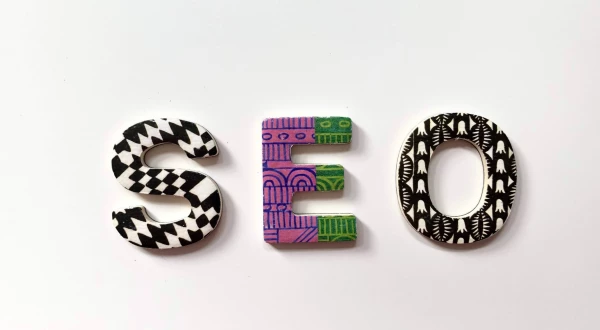
SEO: How understanding search engines can boost your fashion business
Wednesday Jul 12th, 2023 - 14:00pmAdditional Reading
Top Takeaways from The Regenerative Fashion Conference
Sunday Oct 1st, 2023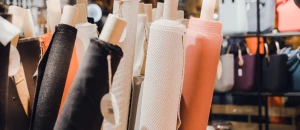
Building a Fashion Brand that is Successful, Profitable and Ethical
Friday May 6th, 20225 Sustainable YouTubers Every Environmentally Conscious Person Should Follow
Monday Feb 21st, 2022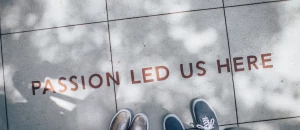
Top Sustainability Textile Trade Shows All Designers Should Visit
Monday Feb 14th, 2022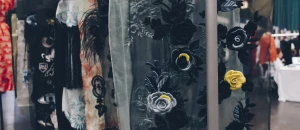
Why Sustainable Fashion Brands Are Taking On Eco Homewares
Monday Dec 20th, 2021
In Conversation With: Kate Anderson, Ecosophy
Tuesday Dec 14th, 2021
Why we should use reusable packaging - and inspiration to make your own
Friday Dec 10th, 2021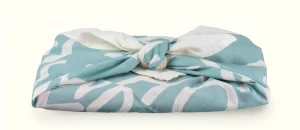
Fashion Trend Forecasting: Vision, Colour and Materials 2022
Monday Dec 6th, 2021
In Conversation With: Kat Vandal, Vandal Kids
Wednesday Nov 24th, 2021
Why Sustainability In Wedding Fashion Is More Important Than Ever
Wednesday Nov 17th, 2021
